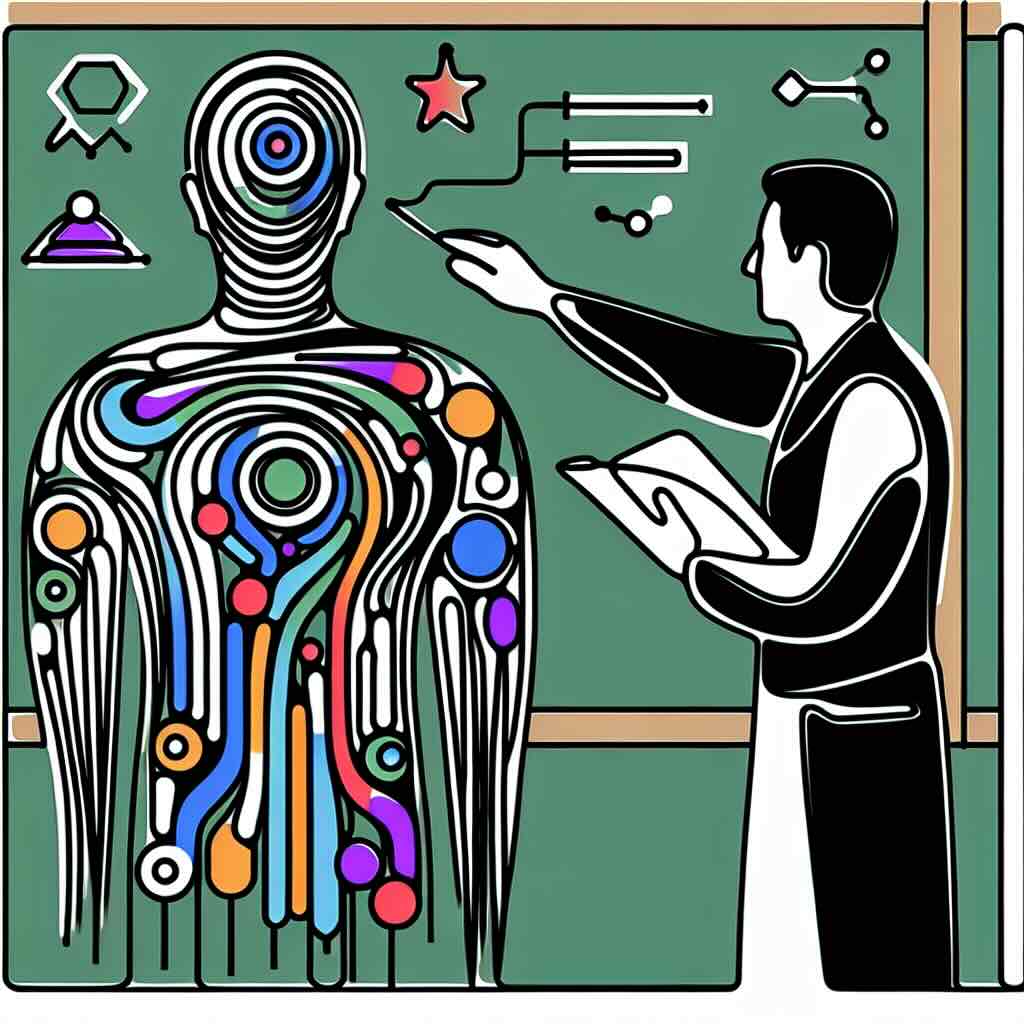Instructional technologies come in many forms and types.
As a new entrant in the field of instructional design, understanding the role of technology is crucial for success. This blog post explores how technology influences instructional design, its benefits, associated risks, and offers a practical exercise you can try today to integrate technology into your work effectively.
Table of Contents
1. Introduction to Technology in Instructional Design
2. Benefits of Technology in Instructional Design
3. Risks and Challenges of Technology Integration
4. Practical Exercise: Start Small with Tech Integration
5. Conclusion and Call to Action
6. Related Topics
1. Introduction to Technology in Instructional Design
Technology in instructional design is transforming traditional educational methods by offering new tools and platforms for creating engaging and effective learning experiences. From learning management systems (LMS) and e-learning software to virtual reality (VR) and artificial intelligence (AI), technological advancements provide instructional designers with innovative ways to enhance learning. As a beginner in this field, it's essential to familiarize yourself with these technological tools and understand how they can be leveraged to improve instructional design processes.
2. Benefits of Technology in Instructional Design
The integration of technology in instructional design offers numerous benefits. Firstly, it enhances accessibility by providing online learning options that can reach a global audience. Secondly, it supports personalized learning by using AI and data analytics to tailor educational experiences to individual needs. Thirdly, technology fosters engagement through interactive multimedia elements, such as videos, quizzes, and games, making learning more enjoyable and impactful. Furthermore, online collaboration tools allow for seamless communication and teamwork among students and educators, thus enriching the learning experience.
3. Risks and Challenges of Technology Integration
While technology offers many advantages, it comes with its own set of risks. One significant challenge is the digital divide; not all learners have equal access to technological resources, which can create disparities in learning opportunities. Additionally, over-reliance on technology may lead to reduced face-to-face interactions, which are crucial for developing soft skills. Security and privacy concerns also arise as more data is collected and stored online. As an instructional designer, it’s vital to strike a balance between utilizing technology and addressing these challenges to ensure equitable and effective educational experiences.
4. Practical Exercise: Start Small with Tech Integration
Integrating technology doesn't have to be overwhelming. Try this quick exercise: Choose one aspect of your current instructional design project that can be enhanced with technology. For instance, if you're designing a course module, consider creating a short, interactive video instead of a traditional text-based lesson. Use free tools like Canva for visuals and platforms like YouTube for video hosting. This small step will help you get comfortable with incorporating technology and understand its impact on the learner experience.
5. Conclusion and Call to Action
The role of technology in instructional design is undeniable and growing. As a new entrant in this field, embracing technology will not only enhance your designs but also keep you competitive. Start by exploring the tools available, understand their benefits and limitations, and experiment with integrating them into your projects. Remember, the goal is to create meaningful and effective learning experiences.
Try it yourself
1. Educate Yourself: Take an online course or read up on the latest technologies in instructional design.
2. Experiment: Apply one new learning technology in your next project.
3. Connect: Join professional communities or forums to share insights and learn from peers.
Related Topics
- E-Learning Tools and Platforms
- Virtual Reality in Education
- Artificial Intelligence in Instructional Design
- Best Practices for Online Collaboration in Education
- Data Analytics for Personalized Learning
It's time to embrace the future of instructional design. Get started today and make a difference in learning experiences!







